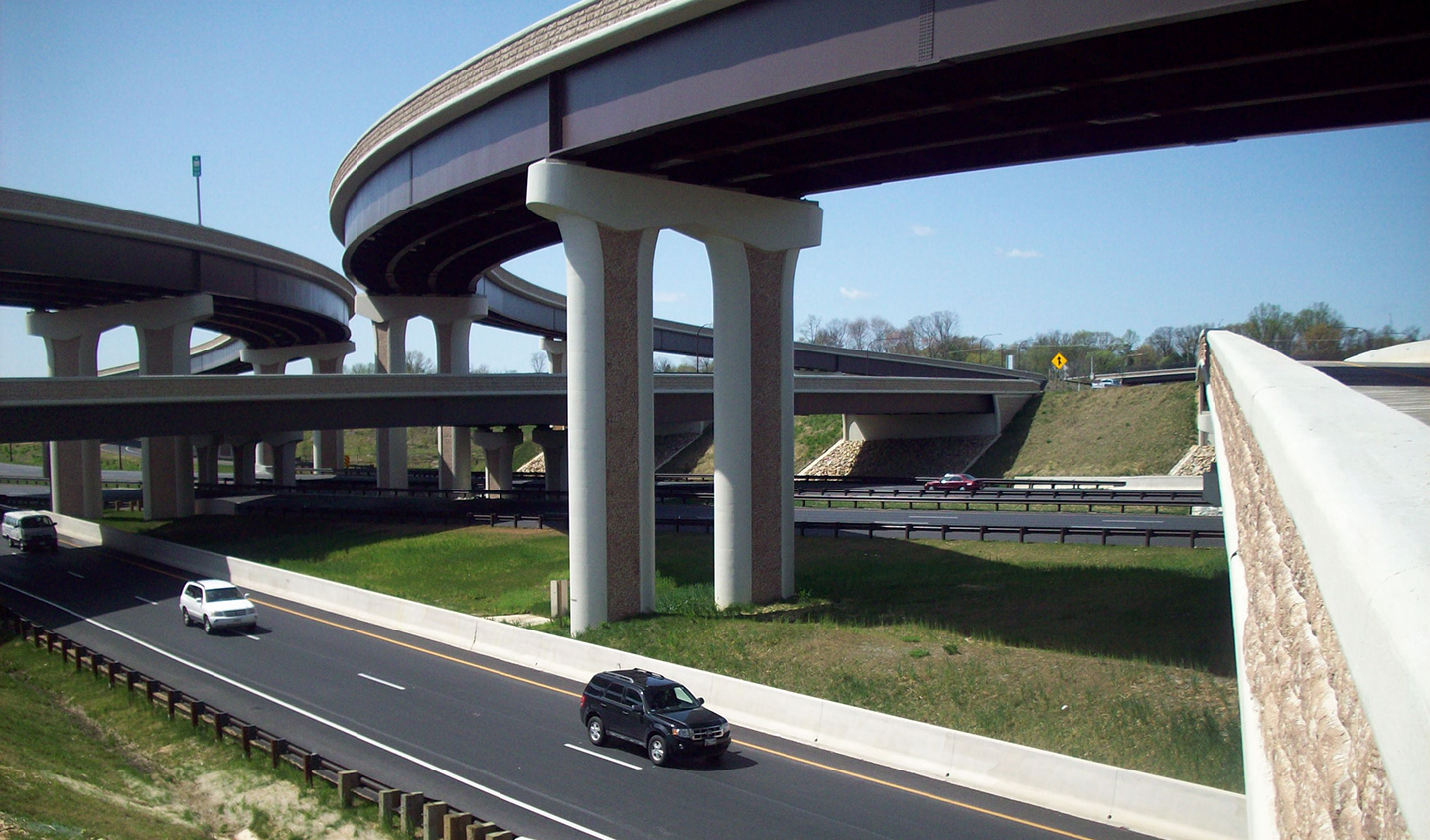State departments of transportation (DOTs), local governments, tribal communities, and federal land management agencies working to improve the natural hazard resilience of critical infrastructure assets received another boost from federal funding. Signed into law in November 2021 via the Infrastructure Investment and Jobs Act, also known as the Bipartisan Infrastructure Law (BIL), $8.4 billion will be dedicated to the Promoting Resilient Operations for Transformative, Efficient, and Cost-Saving Transportation (PROTECT) program. The PROTECT program is anticipated to fund resilient infrastructure planning, design, and construction projects from 2022 to 2026. Grant applicants may find navigating this infrastructure funding resource challenging, so we have broken down the dollar allocations, types of eligible projects, and how applicants can best position themselves to take advantage of these opportunities.
Dollar Breakdown: Dedicated Funding to Each State DOT and Competitive Funding
Roughly $7.3 billion of the $8.7 billion dedicated to PROTECT will be disbursed through formula funding to each state DOT. The estimated five-year state funding total can be found here. The remaining $1.4 billion in funds provided to the PROTECT program will be distributed through a competitive grant program eligible to local governments, metropolitan planning organizations (MPOs), tribes, special purpose districts, and others.
The Federal Highway Administration (FHWA) has provided formula funding guidance to assist DOT staff with allocation and selection of eligible projects and developed a factsheet with additional information.
Formula and competitive PROTECT funds can be used for various assets, including highways, public transportation facilities, transit projects, truck parking facilities, and port facilities. A state cannot use more than 40% of formula funding allocation for the construction of new capacity. Conversely, up to 10% of formula funding can be used for development activities, such as design and permitting. The forthcoming notice of funding opportunity (NOFO) will provide details on the competitive funding opportunity.

What Kind of Projects Can PROTECT Fund?
PROTECT funds should only be used to fund resilience improvement components in construction or design, not those features which would already be proposed per state standards.
While we wait for more program details, including NOFOs from FHWA for competitive grant funding, there are clear prioritization criteria for BIL projects, as listed in the PROTECT formula funding guidance. Some key priorities include those with clear benefits exceeding costs to enhance resilience to natural hazards, support socially vulnerable and historically underserved populations (to help equity), improve transit transportation primarily related to evacuations, and projects prioritized in related resilience improvement and long-range transportation plans.
Formula and competitive PROTECT funds can be used for various assets, including highways, public transportation facilities, transit projects, truck parking facilities, and port facilities."
Hannah Hart, Sara Margolis, And Jennifer Pepson Elwood
How Can You Prepare?
To become more competitive, we recommend specific steps to position your agency or municipality for PROTECT competitive grant funding.
- Identify and evaluate your transportation (multimodal) asset and system vulnerabilities and potential strategies and address them in long-term transportation or resilience improvement plans
- If your municipality has not done so, complete, or regularly update a vulnerability assessment to prioritize which assets need improved resilience
- Collaborate with nearby communities and municipalities to understand their priorities and regional needs to improve the resilience of transportation assets
- Build relationships with potential project teaming partners to discuss and build a project concept
We are supporting transportation agencies across the country to incorporate resilience and sustainability in business practices, planning processes, design protocols, and maintenance/operations to enhance safety, protect and prolong the useful life of assets, and improve asset management for the future. Working with New Jersey, North Carolina, Louisiana, Florida, and California agencies, among others, these efforts have included developing:
- Resilience policy statements
- Criticality tools, which represents the consequence of asset unavailability based on key factors)
- Flood exposure visualization tools, to assist with understanding asset-level and system-level exposure)
- Vulnerability frameworks for assessing asset vulnerability to hydraulic loading
- Resilience plans that describe the approaches to achieving resilience for agencies and states
To stay up-to-date on DOT PROTECT developments, please visit DOT FHWA’s website.